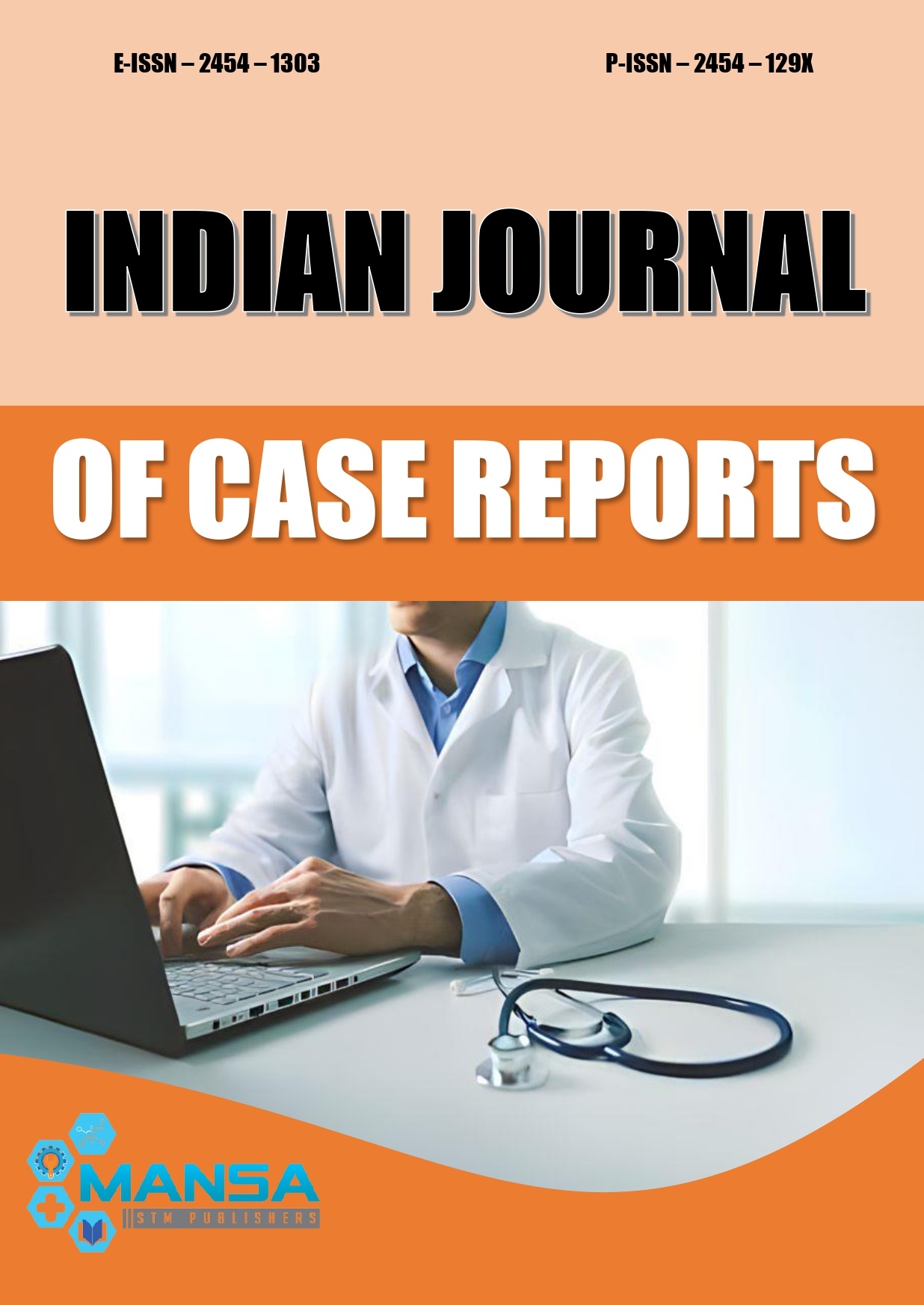Sacrococcygeal teratoma: A case report
DOI:
https://doi.org/10.32677/ijcr.v8i5.3200Keywords:
Extragonadal germ cell tumors, Henson’s node, Primitive streak, Sacrococcygeal teratoma, Totipotent cellsAbstract
Sacrococcygeal teratomas (SCTs) are the most common extragonadal germ cell tumors, comprised different types of tissues that come from at least two of three germ cell layers. Depending on the tissues that are included, they are divided into mature, immature, and malignant. The incidence of SCT in infants and children is 1 in 35,000–40,000 live births. We are reporting a case of type I SCT. The patient was gravida 3, para 1, and abortion 1, which was diagnosed during antenatal ultrasound examination at 22 weeks of gestation and the termination was done after counseling the parents. A female fetus with a tumor in the sacrococcygeal region, weighing 800 g was delivered. The baby was sent to the department of anatomy. SCTs develop at the base of the coccyx and are thought to be derived from Henson’s node a rounded and elevated area at the cranial end of the primitive streak. This primitive streak consists of totipotent cells, which are able to transform into any type of cells.
Downloads
Downloads
Published
Issue
Section
License
Copyright (c) 2022 sharada menasinkai, Mahantappa A Chiniwar

This work is licensed under a Creative Commons Attribution-NonCommercial-NoDerivatives 4.0 International License.

